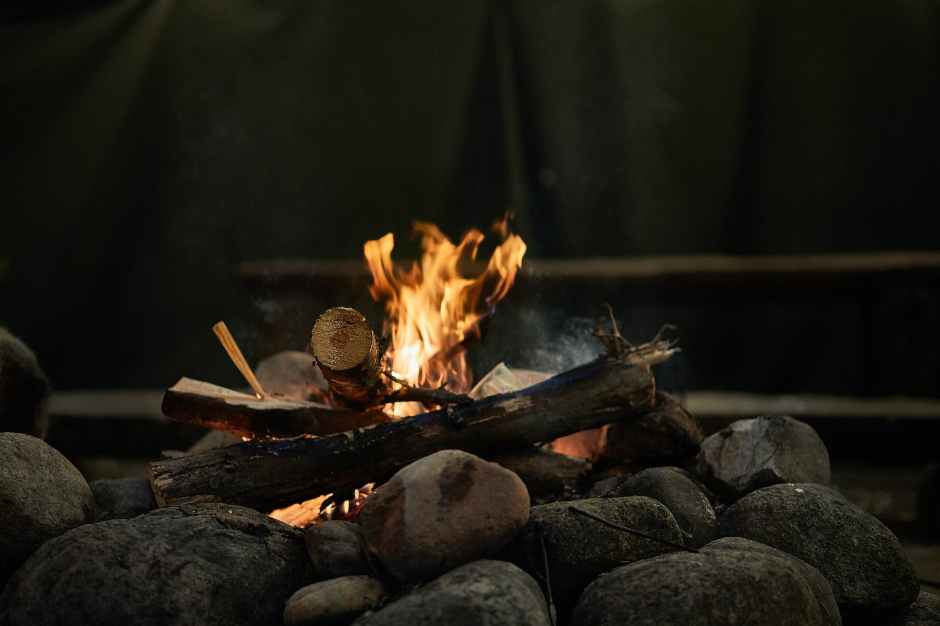October is such a beautiful time of year to visit a national park in the Midwest. The leaves are turning, there is a crisp chill in the air, and… wait. Was that a footstep you heard behind you? Did that shadow just move? Are you being watched? Aaaaghhhh!!
National Parks are full of history, and many of them are full of wild landscapes, so it is not surprising that many are home to legends involving cryptids – creatures whose existence have never been scientifically proved. So in honor of Halloween, let’s gather ‘round the campfire and explore a few stories of creepy creatures from our partner parks:
Gateway Arch National Park and Ulysses S. Grant National Historic Site
These two JNPA partner parks are both located in St. Louis, MO; and while you would think you would be safe from legendary monsters in an urban area, you would be mistaken. MoMo the Missouri Monster was first sighted in a small town just north of St. Louis in 1972. It was described as a 7-foot-tall ape-like creature with so much thick black fur that the only visible part of its face was its large orange eyes. Tracks were found and submitted to the Oklahoma City Zoo, where they were deemed to be that of an unknown primate species. Since then, MoMo has been spotted several times in various places in Missouri along the Mississippi River, though sightings have become rarer in recent years.
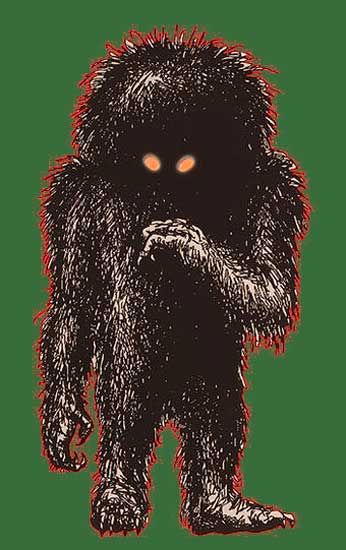
Another cryptid that calls the banks of the Mississippi home is the legendary Piasa Bird. Known as “the bird that devours men” to the Illiniwek tribes, the Piasa Bird was thought to inhabit caves along the river. In 1673, explorer Father Jacques Marquette described the monster in his journal, saying it was “as large as a calf with antlers like a deer, red eyes, a beard like a tiger’s, with the face of a man — its body covered with green, red, and black scales, and a tail so long it passed around the body, over the head, and between the legs.” In 1948, the St. Louis Post-Dispatch published an article about an “immense bird” that was seen flying over St. Louis. Witnesses who saw the bird reported that they initially thought it was a small plane until they saw it flap its wings. Could it have been a Piasa Bird?
A giant image of the Piasa Bird has glared down from the bluffs of the Mississippi in nearby Alton, IL, for many decades – a reminder of the enduring legend of this bizarre cryptid.
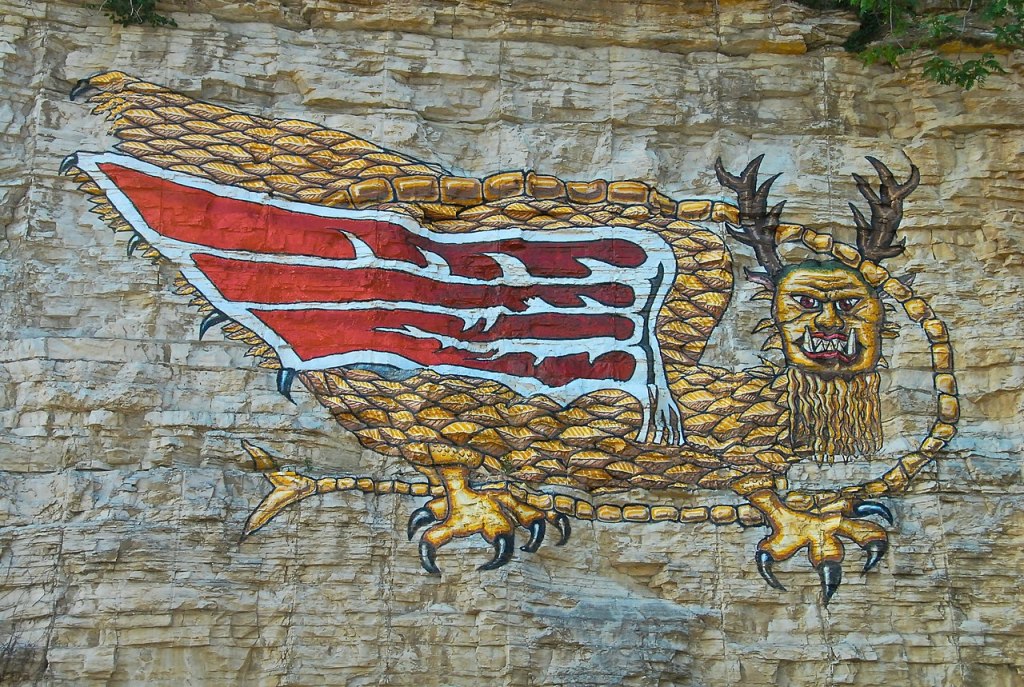
Ste. Geneviève National Historical Park
Ste. Genevieve is the oldest French Colonial settlement west of the Mississippi river with a rich history that was influenced by the Native American tribes that called the land home, as well as the French settlers who came later. As with many other places where people of different cultures meet, some traditions and stories have become intertwined, thus creating the town’s annual “Night of the Werewolf.”
Many Native American tribes believe in shapeshifters or skin-walkers. These are believed to be people who have committed evil acts in order to gain the ability to possess or turn into an animal. Similarly, the French had a long history of legends involving the “loup-garou” or “garwulf,” which was either a witch who disguised herself as a wolf or a person who had been cursed with lycanthropy. The city of Ste. Genevieve keeps the tradition alive each fall during the Night of the Werewolf festival. Werewolf stories are told around the campfire while families dine on s’mores, and then the evening culminates in a village-wide “werewolf hunt.”
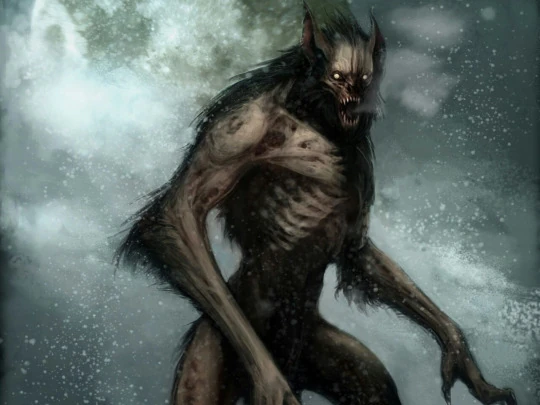
Little Rock Central High School National Historic Site
Just north of Little Rock, AR, is Greers Ferry Lake, a man-made lake that was created by the damming of the Little Red River in 1959. A local legend says that a water panther, a mythical creature described as a cross between an ape and a puma, had called the Little Red River home. When the lake was created, the creature was supposedly angered and began to terrorize the nearby community in Heber Springs. While multiple Native American tribes do have long-standing beliefs in water panthers, most of these pertain to the Great Lakes region. It actually appears that most of the “sightings” in Heber Springs can be traced back to a single book that was published in 2007.
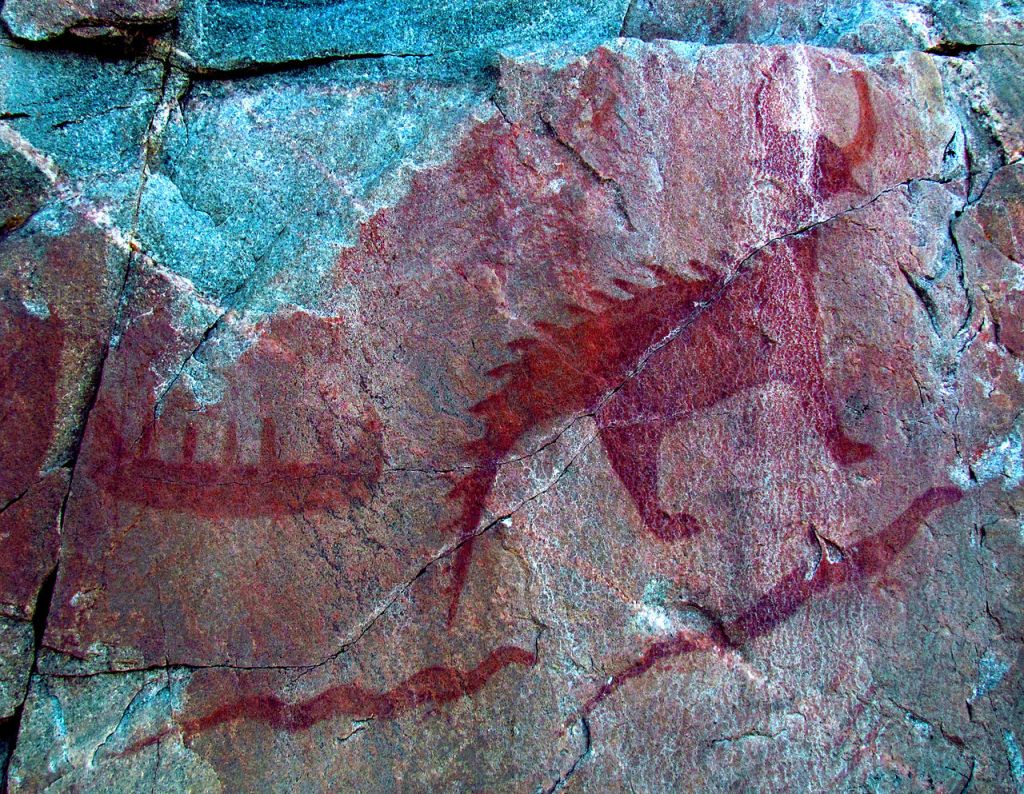
President William Jefferson Clinton Birthplace Home National Historic Site
The tiny rural town of Fouke, AR, just south of Hope, AR — the site of Clinton Birthplace Home NHS — is home to a much more “successful” cryptid. The Fouke Monster, also known as the Boggy Creek Monster, is described much like other bigfoot-like creatures: 7 feet tall, around 300 pounds, covered in long dark hair, and exuding a horrible smell. Alleged sightings in the area date back to the 1850’s, but the creature gained national attention in 1972 thanks to the film “The Legend of Boggy Creek.” The low-budget horror film was surprisingly successful and became the 11th highest-grossing film that year!
Hmmm, wonder if little Billy Clinton ever heard of the monster when he was a boy…
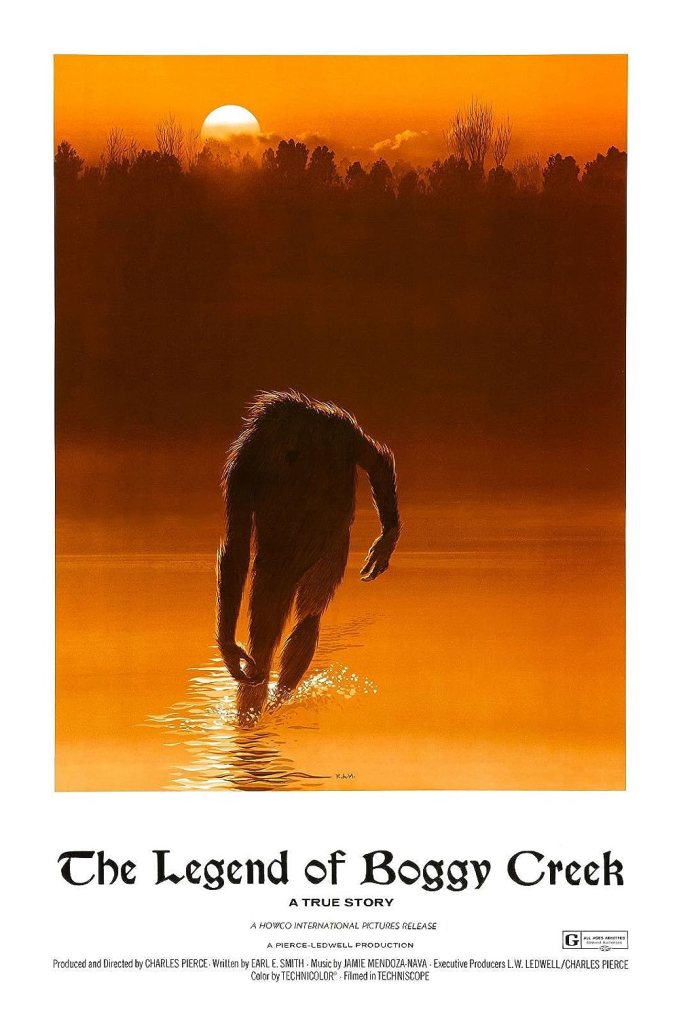
Voyageurs National Park
When you’re walking along a remote trail in Voyageurs National Park, and you feel like you are a million miles away from civilization, the forest can start to feel strangely magical and even scary. It is easy to see how Native tribes could start to believe in strange beings living in the forests along the Great Lakes. Memegwesi, Pukwudgie, dwarf, fairy. These are some of the many names that have been given to the “little people” of the forest.
While the specifics of the legends vary among different groups of people, they all believed that a race of tiny, human-like creatures lived in the North Woods and disliked adult humans. Some people believed them to be mischievous but harmless. Others believed they were evil and would steal children who wandered into the woods alone. The Ojibwe, the primary tribe to call the land around Voyageurs home, believed they were benevolent creatures who would protect lost or injured children.
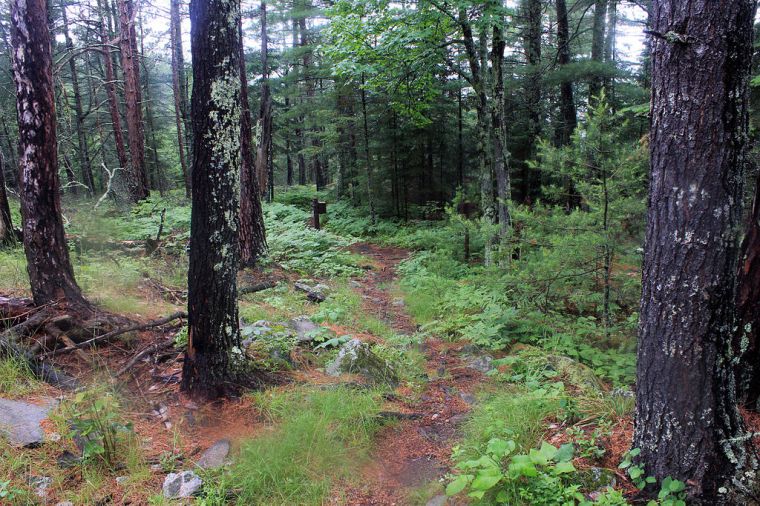
No matter which National Park you may visit this fall, pay extra attention to your surroundings. You never know what creatures you may come across.
HAPPY HALLOWEEN!!!

